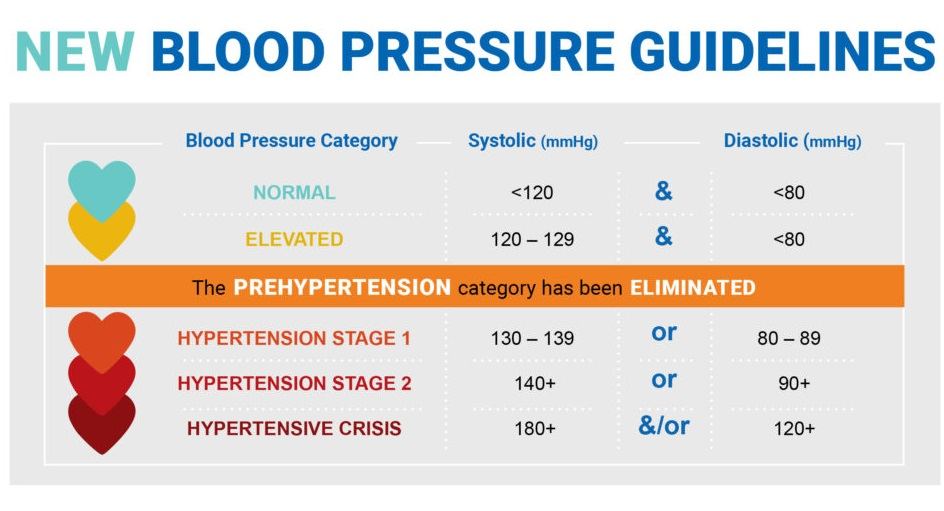Blood pressure exhibits a characteristic pattern throughout the day, influenced by the body’s circadian rhythm and various physiological factors. Understanding when blood pressure tends to be highest is crucial for managing hypertension and reducing cardiovascular risk. In this article, we explore the circadian variations in blood pressure, discuss the mechanisms behind these fluctuations, examine the implications for cardiovascular health, and discuss clinical considerations for monitoring and treatment.
Introduction
Blood pressure regulation is essential for maintaining cardiovascular health, and deviations from normal levels, especially sustained hypertension, increase the risk of heart disease, stroke, and other cardiovascular complications. The body’s internal clock, or circadian rhythm, influences many physiological processes, including blood pressure fluctuations over a 24-hour period. Recognizing the times when blood pressure is typically highest is fundamental for optimizing management strategies and improving patient outcomes.
SEE ALSO: Can Low Iron Cause Hypotension?
Circadian Variations in Blood Pressure
Research has consistently demonstrated that blood pressure follows a diurnal pattern, characterized by fluctuations over the course of a day. Generally, blood pressure tends to be lower during periods of rest and higher during periods of activity.
The key features of circadian variations in blood pressure include:
Morning Surge: One of the most prominent features is the morning surge in blood pressure, typically occurring shortly after awakening. This surge is believed to be influenced by the body’s natural awakening response, involving increased sympathetic activity and hormonal changes.
Daytime Variations: Blood pressure tends to rise gradually during the morning hours, peak in the late morning or early afternoon, and then decline toward the evening. This pattern reflects the influence of physical activity, stress, and dietary factors throughout the day.
Nocturnal Dip: During nighttime sleep, blood pressure normally undergoes a physiological dip, often referred to as nocturnal dipping. This dip is thought to be important for cardiovascular health, allowing the cardiovascular system to rest and recover during sleep.
Mechanisms of Circadian Blood Pressure Regulation
The circadian regulation of blood pressure is complex and involves interactions between neural, hormonal, and vascular mechanisms. Key factors influencing circadian blood pressure variations include:
Sympathetic Nervous System: The sympathetic nervous system plays a crucial role in regulating blood pressure, with increased activity contributing to the morning surge and responses to stress throughout the day.
Renin-Angiotensin-Aldosterone System (RAAS): Hormonal systems such as the RAAS exhibit diurnal variations, influencing sodium and fluid balance, vascular tone, and blood pressure regulation.
Endothelial Function: Endothelial cells lining blood vessels exhibit diurnal variations in function, affecting vascular tone and responsiveness to hemodynamic changes.
Physical Activity and Lifestyle Factors: Daily activities, including exercise, stress levels, and dietary habits, contribute to the circadian variations in blood pressure observed in individuals.
Clinical Implications for Hypertension Management
Understanding the circadian variations in blood pressure has important implications for the diagnosis, monitoring, and treatment of hypertension:
Diagnosis: Ambulatory blood pressure monitoring (ABPM) provides valuable insights into an individual’s blood pressure profile throughout the day and night, aiding in the diagnosis of hypertension and assessment of cardiovascular risk.
Treatment Timing: Chronotherapy, or the timing of medications to align with circadian rhythms, may enhance treatment effectiveness and reduce cardiovascular events. For example, administering antihypertensive medications in the evening may better control morning blood pressure surges.
Risk Assessment: Individuals with non-dipping patterns (where blood pressure fails to decrease adequately during sleep) have been shown to have a higher risk of cardiovascular events. Monitoring nocturnal blood pressure may therefore help identify individuals at increased risk.
Lifestyle Modifications: Encouraging healthy lifestyle habits, including regular physical activity, stress reduction techniques, and dietary modifications, can help optimize blood pressure control throughout the day.
Implications of Shift Work And Irregular Sleep Patterns
Shift work and irregular sleep patterns disrupt the body’s natural circadian rhythms and can lead to adverse cardiovascular outcomes, including hypertension. Individuals with shift work-related schedules may experience altered blood pressure patterns, such as blunted nocturnal dipping and elevated daytime blood pressure. Strategies to mitigate these effects include:
Sleep Hygiene: Emphasizing the importance of consistent sleep schedules and adequate sleep duration to support healthy blood pressure rhythms.
Monitoring and Management: Regular monitoring of blood pressure and cardiovascular risk factors among shift workers is essential. Tailoring treatment strategies to accommodate shift work schedules may improve outcomes.
Education and Support: Providing education on healthy lifestyle practices and stress management techniques specific to shift workers can promote cardiovascular health in this population.
Conclusion
In conclusion, blood pressure exhibits significant variations throughout the day, influenced by the body’s circadian rhythms and various physiological processes. Recognizing the times when blood pressure tends to be highest, such as during the morning surge and daytime hours, is critical for effective management of hypertension and reduction of cardiovascular risk.
Clinicians should consider these circadian patterns when diagnosing hypertension, prescribing medications, and advising lifestyle modifications. Further research into the mechanisms underlying circadian blood pressure regulation will continue to refine our understanding and improve clinical approaches to cardiovascular health.
By integrating knowledge of circadian variations in blood pressure into clinical practice, healthcare providers can optimize treatment strategies and promote better cardiovascular outcomes for their patients. Continued efforts to educate patients about the importance of maintaining healthy blood pressure rhythms throughout the day are essential for preventing cardiovascular disease and improving overall quality of life.


